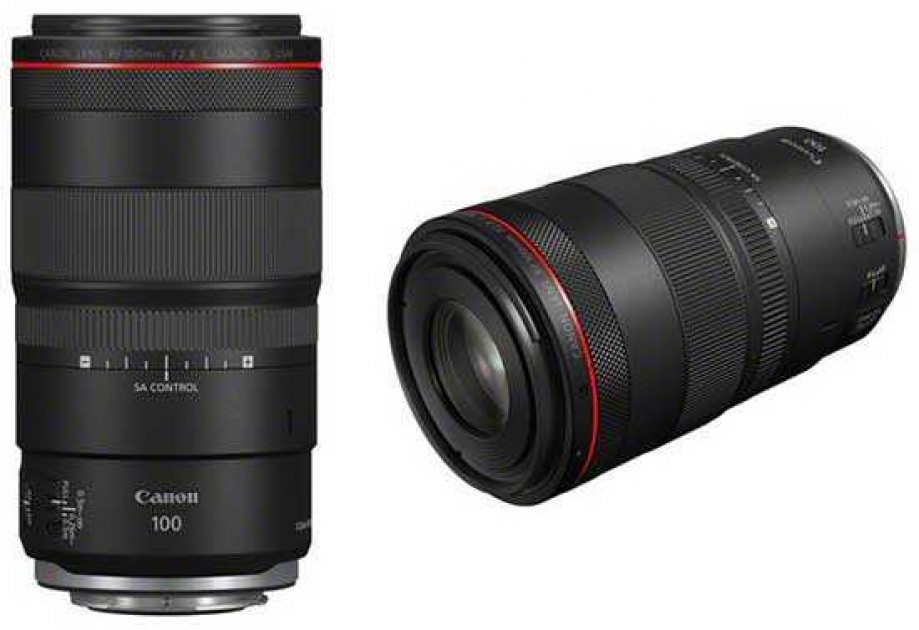The Italian photographer, Stefano Schirato, spent a full month documenting the excruciating, daily lives of workers in the east Indian mining district of Jharia. Constantly wary of sinking into one of the numerous, burning holes in the ground, he met people there who were as friendly as they were desperate: working day by day in poisonous fumes, they eke out an existence in inhumane conditions. With a Leica Q in his pack, Schirato draws an impressive sketch of a life dedicated to coal.
What is your approach when searching for topics, and do you have any favourite subjects?
I always look for topics that feel close to me. In particular, social themes and in recent years stories of migration and environmental pollution. My favourite subject is definitely people; telling personal stories of the least fortunate in society.
What exactly drove you to depict the situation in Jharia?
I started working on environmental pollution on the 25th anniversary of the Chernobyl nuclear disaster, then I focused on environmental disasters in Italy. After that, I started looking for stories related to this topic in other countries, and I ran into the Jharia issue and decided it was worth sharing.
How would you describe the atmosphere in the area? How would you describe daily life for the people?
The air was full of smoke and breathing was difficult; we had to wear a face mask all the time. Living in Jharia is more like surviving: people earn a living out of the illegal coal trade, constantly putting their life at risk due to the nature of the terrain.
The constant fires are extremely dangerous for everyone who lives there. What was it like to photograph in such a place? What was the most difficult part of your project?
The most difficult thing was the fact that I had to take pictures in areas where entry was forbidden, so I had to act very quickly. Moreover, I had to pay constant attention to move where the ground was not at risk of sinking.
You are always very close to your subjects; your images are direct, striking and very strong. Did you have a photographic approach for this topic?
I just used my usual approach, that is to be in the middle of the scene, to get to know people so well that I’m able to be physically and emotionally as close as I can to the subjects.
What role did your camera, the Leica Q, play?
I can say that the Leica Q has changed and improved my approach to photography. Being so silent and quick, it allows me to be less invasive and more inside the scene than usual.
What did the project teach you personally? What could you (or the viewer) learn from it?
This work definitely taught me the importance of resiliency. In particular, I was impressed by the story of Muskan Kumari, a 13 year-old girl, who had lost a leg after sinking into a hole in the ground, but who is still a girl full of life. I’ve seen her running around her house and smiling, despite what she had to go through.
Is there any anecdote you will remember particularly? Something that will remain for sure in your mind?
When I was in Jharia, I had a fixer to help me. He introduced me to a family, where Chandon, an eleven year-old child, had fallen into a hole in the ground when he was eight years-old, and had suffered burns over a third of his body. Only after a few days, the fixer confessed to me that he was the one who had saved the boy from death years before. I’ll never forget it.
Born in Bologna in 1974, Stefano Schirato graduated in Political Sciences and then went on to a career as a freelance photographer working with a focus on social issues. He collaborates with magazines, associations and NGOs such as Caritas Internationalis and Emergency. His work has been published in media outlets such as The New York Times, Vanity Fair and CNN. Schirato teaches Photography at the Leica Akademie Italy. Find out more about his photography on his website and Instagram channel.
Read more about Stefano Schirato’s journey to Jharia in LFI magazine 4/2021.
Leica Q
Full Frame. Compact. Uncompromising.









